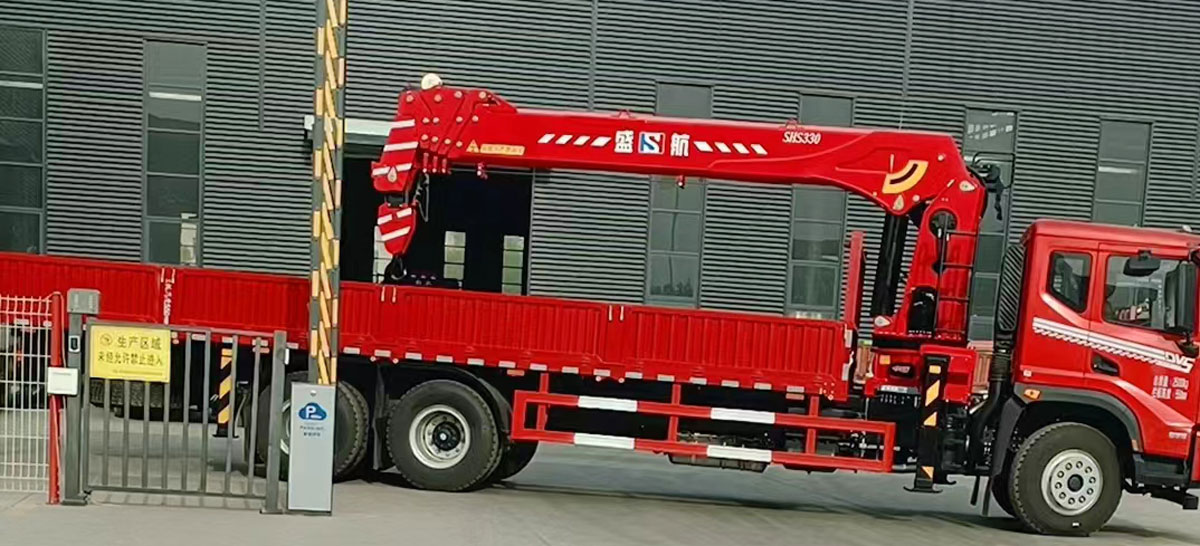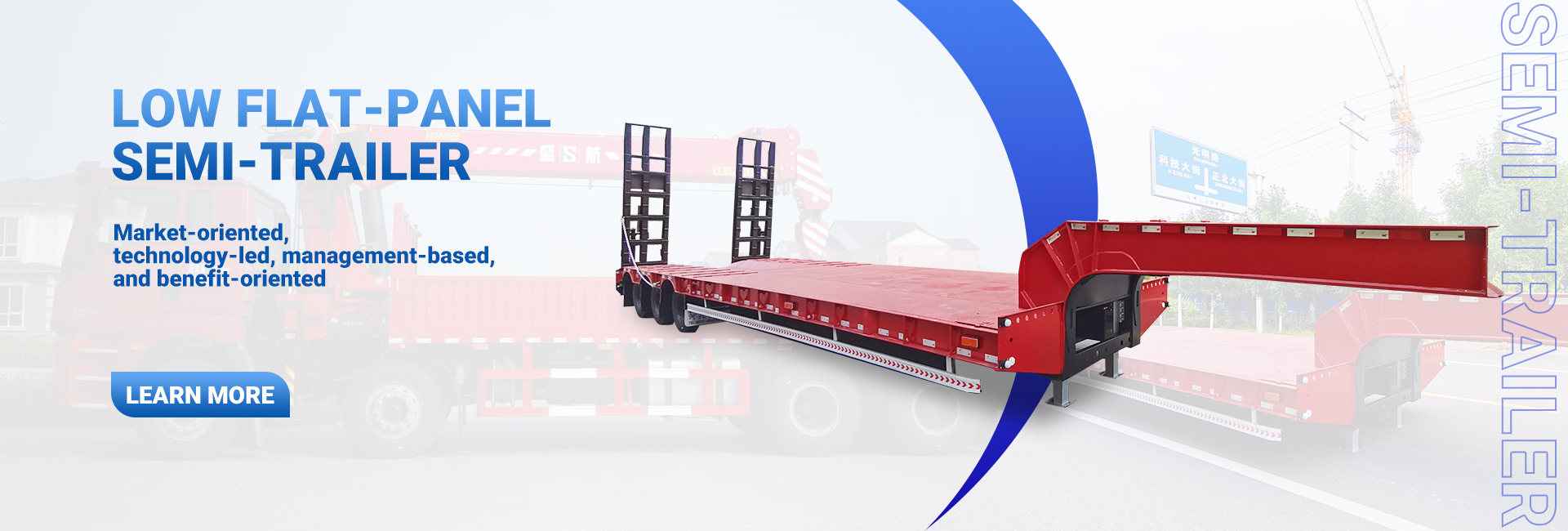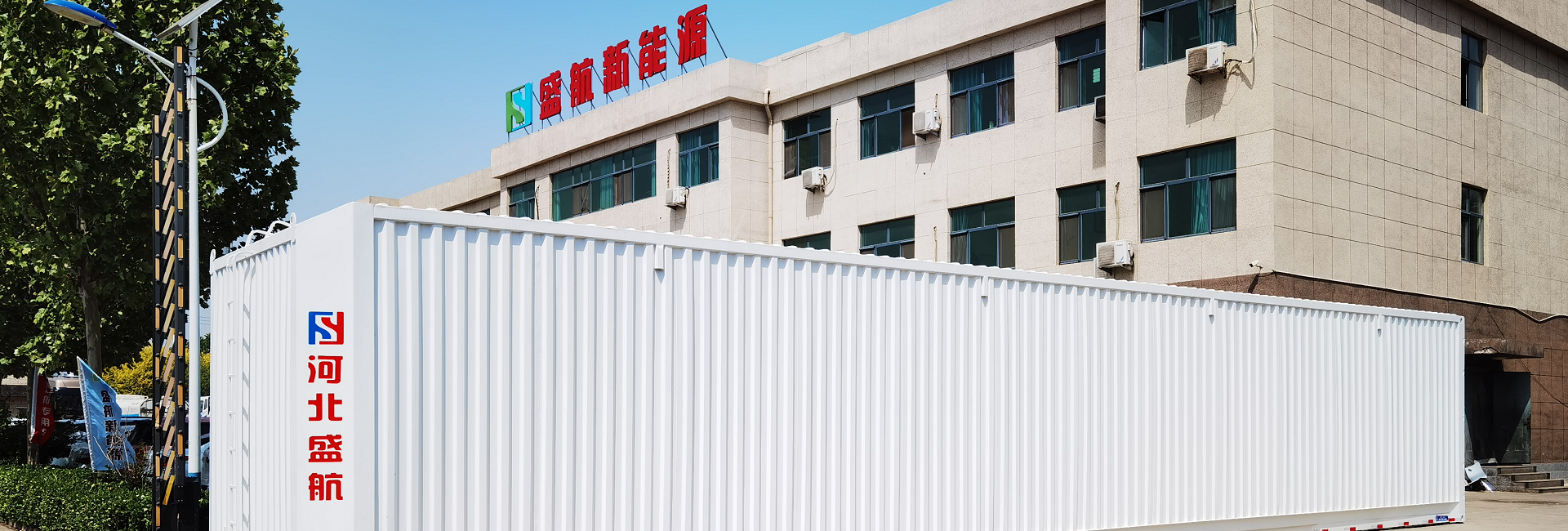
Cranes belong to heavy machinery. When encountering crane construction, everyone should pay attention to it. If necessary, take the initiative to avoid danger. Today we will talk about the precautions for crane use!
1. Before driving, turn all control handles to the zero position and sound the alarm.
2. First run each mechanism with an empty car to judge whether each mechanism is normal. If the brake on the crane fails or is not adjusted properly, the crane is prohibited from working.
3. When lifting heavy objects for the first time in each shift, or when lifting heavy objects with large loads at other times, the heavy objects should be put down after being lifted 0.2 meters off the ground, and the effect of the brakes should be checked. After meeting the requirements, put them into normal operation.
4. When the crane is close to other cranes on the same span or on the upper floor during operation, a distance of more than 1.5 meters must be maintained: when two cranes lift the same object, the minimum distance between the cranes should be maintained at more than 0.3 meters, and each crane is loaded on it. shall not exceed 80% of the rated load
5. The driver must strictly abide by the command signal on the lifting. Do not drive if the signal is not clear or the crane does not leave the danger zone.
6.When the hoisting method is improper, or there are possible dangers in the hoisting, the driver should refuse the hoisting and put forward suggestions for improvement.
7.For cranes with main and auxiliary hooks, it is not allowed to lift two heavy objects at the same time with two hooks. The hook head that does not work should be lifted to the limit position, and the hook head is not allowed to hang other auxiliary spreaders.
8. When lifting heavy objects, it must be lifted along the vertical direction, and it is forbidden to drag and slant heavy objects. Do not lift when the hook is turned.
9. When approaching the end of the track, both the cart and the trolley of the crane should slow down and approach at a slow speed to avoid frequent collisions with the stalls
10. The crane must not collide with another crane. An unloaded crane is allowed to slowly push another unloaded crane only if one crane fails and the surrounding conditions are known.
11. The lifted heavy objects should not stay in the air for a long time. In case of sudden power failure or severe line voltage drop, the handle of each controller should be returned to the zero position as soon as possible, the main switch (or main switch) in the power distribution protection cabinet should be cut off, and the crane operator should be notified. If the heavy object is suspended in mid-air due to sudden reasons, neither the driver nor the hoist shall leave their posts, and other personnel on the scene shall be warned not to pass through the dangerous area.
12.When the brake of the hoisting mechanism suddenly fails during work, it should be dealt with calmly and calmly. If necessary, put the controller in a low gear to perform repeated lifting and lowering movements at a slow speed. At the same time, drive the cart and trolley, and choose a safe area to put down heavy objects.
13. For cranes that work continuously, there should be 15 to 20 minutes of cleaning and inspection time per shift.
14. When lifting liquid metal, harmful liquid or important items, no matter how much the quality is, it must be lifted 200~300mm above the ground first, and then the official lifting after verifying the reliable operation of the brake.
15. It is forbidden to lift heavy objects buried in the ground or frozen on other objects. It is forbidden to tow the vehicle with a spreader.
16. It is forbidden to load and unload materials in a car box or cabin at the same time with a spreader (lifting electromagnet) and manpower.
18. When two cranes transfer the same object, the weight should not exceed 85% of the total lifting capacity of the two cranes, and it should be ensured that each crane is not overloaded.
19. When the crane is working, it is forbidden for anyone to stay on the crane, on the trolley and on the crane track.
21. The hoisted heavy objects run on the safe passage.
22. When running on a line without obstacles, the bottom surface of the spreader or heavy object must be lifted more than 2m away from the working surface.
23. When an obstacle needs to be crossed on the running line, the bottom surface of the spreader or heavy object should be raised to a height of more than 0.5m above the obstacle.
24. When the crane is running without load, the hook must be raised above the height of one person.
25.It is forbidden to lift heavy objects over people’s heads, and prohibit anyone under the heavy objects.
26. It is forbidden to transport or lift people with crane spreaders.
27. It is forbidden to store flammable (such as kerosene, gasoline, etc.) and explosive items on the crane.
28. It is forbidden to throw anything from the crane to the ground.
29. Under normal circumstances, each limit switch is not allowed to be used for parking.
30. Do not open the switch and junction box before cutting off, and it is strictly forbidden to use the emergency stop device to interrupt the normal operation
Post time: Aug-17-2022



